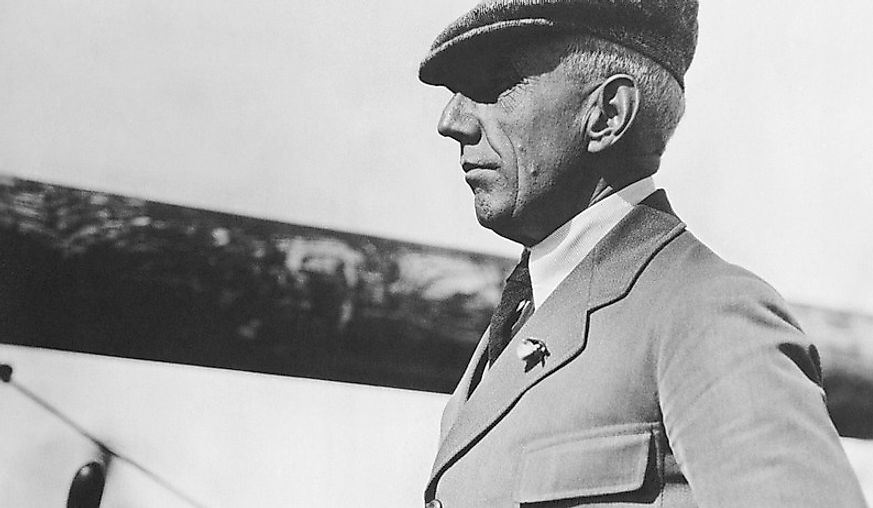Roald Amundsen - Famous Explorers of the World

5. Early Life
Roald Amundsen was a polar explorer from Norway, who has the distinction of being the first person to reach both of the earth's two poles. Amundsen was born in Borge, Ostfold, Norway, on July 16, 1872. Early in life, he dreamed of the sea. His family owned ships, and he hailed from a lineage of sea captains. When he was in his teens, he insisted on sleeping with the windows of his room open to acclimatize himself to the cold, with his future plans to explore the frigid poles in mind. He initially studied to become a doctor on his mother's wishes but, after she died, he departed from these studies to become a sailor. Later, he joined a number of expeditions.
4. Career
In his youth Amundsen learned about the Antarctic environment, and dreamed of someday exploring it himself. Inspired by another explorer's traverse of Greenland, he vowed to become a polar explorer. Belonging to a family of sea captains proffered him an advantage in setting off toward his ambitions. From the start of his career, Amundsen was known as a firm, but fair, captain. He led his expeditions with excellent planning and organization, and he learned from, and adapted to, his problems and setbacks in order to improve his future efforts. At one point in his expedition to the South pole, he encountered problems with one of his men. He also had to deal with the unpredictable weather and frozen dogs, frostbite, scurvy and frozen compasses.
3. Major Contributions
Amundsen was to become the first person to reach both the Arctic and Antarctic poles, and he planted the Norwegian flag upon reaching both poles. He established himself early in his career as an explorer when he was with the Belgian Antarctic expedition from 1897 to 1899. Then, when he captained a 70-foot boat to explore the Northwest passage from 1903 to 1906, which proved to be a very hazardous expedition over the course of the three years that it took to complete. He also led an expedition to the Northeast passage from 1918 to 1920. Then, in 1926, he famously crossed over the Arctic in a dirigible. A man with a knack for planning for what was to come, Amundsen always made sure that good preparation were hallmarks of each of his expeditions.
2. Challenges
There were many challenges that Amundsen had to overcome throughout his expeditions, with many of them being weather-related. One other significant obstacle was the "The Devil's Ballroom". This was an area of glacier that had several deep crevasses that initially kept Roald and his men from the final approach to the South Pole. Later, Amundsen also had to face criticism from the Royal Geographic Society, when one of its members referred to him as "the unhappiest polar explorer". Amundsen never gave much thought to the criticism, as he continued to help other people. As a person with a high level of know-how when it came to traversing frigid environments, he was asked to go along on rescue missions in the Arctic as well.
1. Death and Legacy
In 1928, Amundsen went out on a rescue mission after a dirigible crashed in the Arctic. It seemed that his plane also crashed in the rescue attempt. A search and rescue team was sent by the Norwegian government, but turned up nothing. His body, and those of his companions, were never found. The date of his apparent death was June 18, 1928. He left a legacy of exploration firsts, collectively making himself into a household name throughout the scientific community. Many honored him by naming newborn children, bodies of water and other geographical features, ships, and even schools after him. Up until the time of his death, Amundsen continued to realize goals that many people could only dream of accomplishing. These achievements proved to serve as inspirations to the rest of the world. To this day, his pole expeditions are undisputedly accepted as making Amundsen the man who achieved the title of first man to reach both poles.











